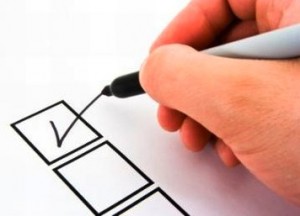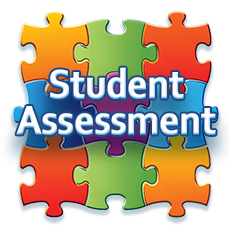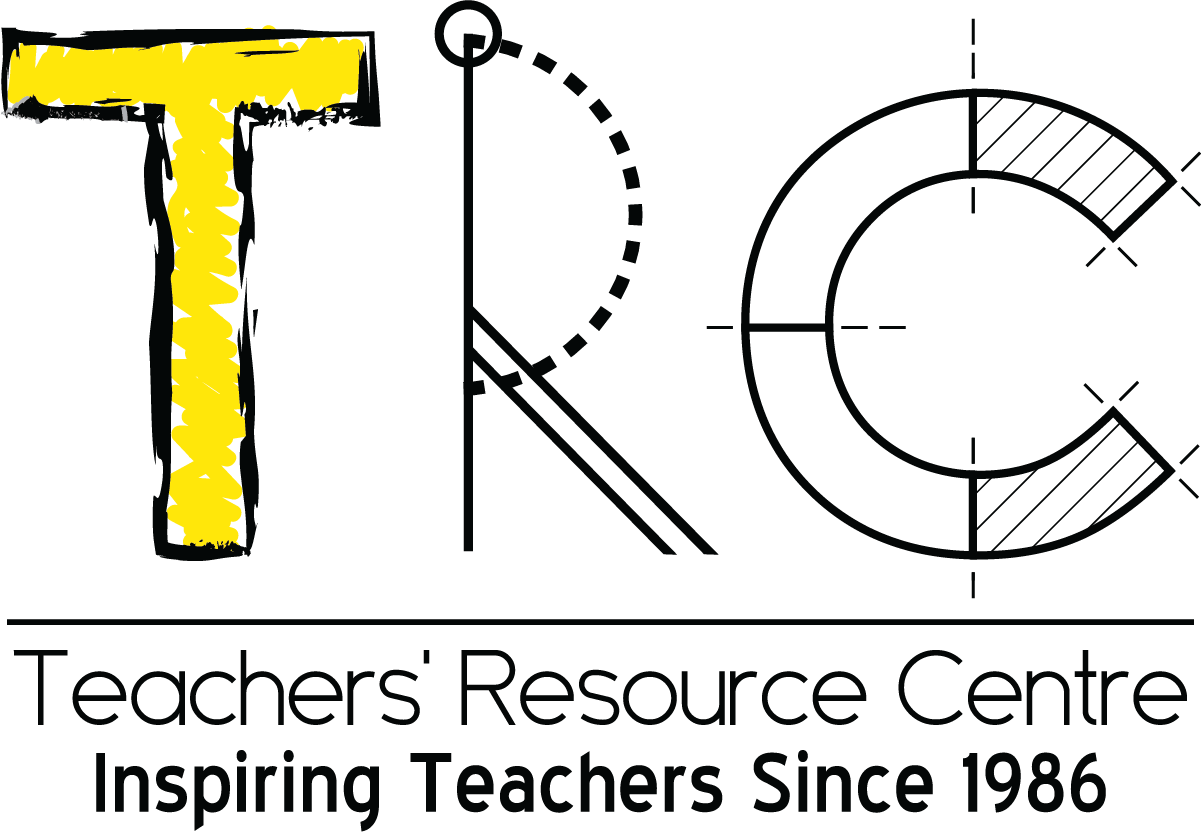No products in the cart.
The Assessment Paradox
Assessment should be a diagnostic tool of learning, yet it often ends up becoming a means to control learning. In this month’s Ilm o Amal, Rubina Naqvi looks at different methods of assessment and explores the qualities an accurate and fair system of assessment should have.
The word “assessment” comes from the Latin word assidere, which means ‘to sit beside’. Sitting beside children suggests a close relationship and a sharing of experience. Educational assessment includes all the processes and products that describe the nature and extent of children’s learning and its relationship with the environments that facilitate learning.
Assessing children’s learning is an art, not a science. It lies at the heart of learning, and is all about finding out what the learner knows, understands or can do. In recent years, the responsibility for assessment has slowly shifted from the examination boards to the schools. It is expected to be more diagnostic and formative in purpose than it was before.
A tool of learning, not a means to control learning
Assessment is a process, not an event. It is a process where the assessor is a human being. So chances are that subjectivity can come in the way, where emotions may influence judgment and thus the process gets affected. It is therefore important for the teacher to be absolutely clear about why we are assessing and then to find out the most appropriate techniques or styles to fulfill that purpose. In the words of Sutton (1992) “Assessment, therefore, is a creative process that can be as varied and interesting as teaching and learning.”
It is understood that different values and beliefs underpin education. My belief has developed from my own teaching experience that students can do well and that my job as a teacher is to help them along. I do not believe that ability is fixed and that only a fixed number of students can succeed. I expect students to grow, change and develop. Teachers usually begin the year helping and developing children, but soon the focus shifts to completing the syllabus and controlled teaching. They tend to teach to the test. The assessment that was meant to be helpful as a diagnostic tool of learning ends up becoming a means to control learning. We forget that students are human beings, and not just brains that have to be trained. Furthermore, teachers’ assessment of students affects their life chances consequently, the assessment must be as accurate and as fair as possible.
A new school of psychology developed in 1950, around people like Carl Rogers, who believed human beings should not be measured, but should be understood in the context in which they operate.
In light of extensive research in the field of assessments, performance today is measured in three different categories:
• Norm-referenced assessment
• Criterion-referenced assessment
• Ipsative/self-referenced assessment
Norm-referenced assessment
Norm-referenced assessment reflects the deterministic model of intelligence and is designed to enable comparative judgments, child against child, children against children, and children against the norm. It is not designed to generate specific information about what an individual child knows, understands and can do, irrespective of other children. In norm-referenced assessment, all the students’ scores are put into a distribution table or graph and a certain percentage is assigned to each grade, or a cut-off point is chosen for passing, allowing a certain percentage to pass and the rest to fail (e.g. only 10% of the students being assessed will be awarded A, 20% grade B and so on.) Clearly, the grade a student gets, or whether she or he passes or fails, depends partly on the performance of the other students.
specific information about what an individual child knows, understands and can do, irrespective of other children. In norm-referenced assessment, all the students’ scores are put into a distribution table or graph and a certain percentage is assigned to each grade, or a cut-off point is chosen for passing, allowing a certain percentage to pass and the rest to fail (e.g. only 10% of the students being assessed will be awarded A, 20% grade B and so on.) Clearly, the grade a student gets, or whether she or he passes or fails, depends partly on the performance of the other students.
A norm is a socially accepted standard or system against which a child is measured in comparison to others. The learner’s performance is judged in relationship to others’ performance. This kind of assessment is measurable, but valid only on a large random sample. The pass rate stays constant according to policy decisions. It is based on the belief that intelligence is normally distributed in a population and that most children are average. Emphasis is on the results of the tests and exam. Such assessments are required for selection and recruitment.
But there is a danger of such assessments being misused in education. Each student has his own pace of progress. In a small selected number of students in a classroom, this does not yield accurate results. And a classroom could be composed of many children who are highly intelligent.
Criterion-reference assessment
Criterion-reference assessment reflects the developmental model and is designed to reflect whether or not a student can do a specific task, or a range of tasks, rather than to measure how much better or worse his or her performance is in relation to that of other students. Thus levels or criteria of performance are laid out about what a child should know and the students are marked or graded according to whether they reach the level or attain the criteria. Criterion-referenced assessment measures the child’s performance against predetermined expectations, which are usually written down and built into the assessment process and each child’s progress is ticked against them. These criteria could be agreed between the teachers and shared with the children. In this system there is no limit to how many students reach any level.
that of other students. Thus levels or criteria of performance are laid out about what a child should know and the students are marked or graded according to whether they reach the level or attain the criteria. Criterion-referenced assessment measures the child’s performance against predetermined expectations, which are usually written down and built into the assessment process and each child’s progress is ticked against them. These criteria could be agreed between the teachers and shared with the children. In this system there is no limit to how many students reach any level.
In this kind of assessment, the standard stays constant. Criteria are set for success and they remain important. The pass rate varies and everyone can pass. Here standards depend on the criteria being met. They are not about numbers – they are about reaching set criteria. Most exams now include this system.
Ipsative / self-referenced assessment
Ipsative / self-referenced assessment this is the assessment process by which a child’s performance is measured against his or her previous performance. It is used to gauge individual progress over time. Such a process is comfortably child-centred, acceptable even to those who find any comparative judgment objectionable. It is vitally important for parents too, who, more than anyone else, understand the unique complexities of their children, and the dangers of judging them too simplistically in relation to others.
in relation to others.
The best balance for valid and reliable assessment is a combination of the different systems, so that the assessment would not only prove but also improve a student’s performance and development over a period of time. There is a need to draw out the best of all three approaches. More evidence should be sought to support the percentage gained in the annual examination. Promotion to the next level of learning should be based on this collective record.
The best desired results can be obtained when the formative or diagnostic assessment, recorded over a period of time, could be carried out side by side with summative or evaluative assessment, as a snapshot of tests and exams. This would form the true picture of what quality of learning has taken place and what needs to be done for further development of the child.
As in the words of David Satterly, “Those who found learning to be a predominantly enjoyable experience have often assumed the value of school learning in its own right. Yet for what is probably the majority of pupils, and for a variety of reasons, learning is not easy and some form of assessment seems to be indispensable in the motivation of many learners especially those at secondary school.”
References:
• Assessment in Schools (1989) Satterly D. Second Edition. London. Basil Blackwell Ltd.
• Assessment: A Framework for Teachers (1992) Sutton R. London. Routledge
• Assessment: A Teacher’s Guide to the Issues (1992) Gipps C. London. Hodder and Stoughton
Rubina Naqvi has B.Sc / B.Ed degrees from Karachi University. She is an accredited trainer and holds a Diploma in Professional Studies from University of Bradford, UK. She brings with her 33 years of experience in the field of education which includes teaching, training teachers, and school management. Currently she is a member of the Training and Development Team at TRC and is working in the capacity of Senior Manager, Membership Network for the last 10 years.
December 2015

